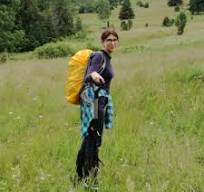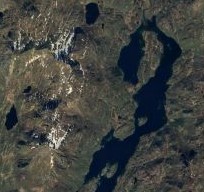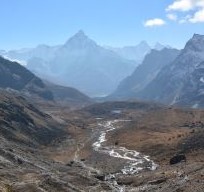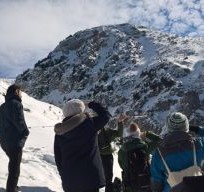About
Advancing Remote Sensing, AI, and Land System Science
リモートセンシング、人工知能、そしてランドシステムサイエンスの新たな地平を切り拓く
원격탐사, 인공지능 및 토지시스템과학의 새로운 지평 개발
Nowe horyzonty w teledetekcji, sztucznej inteligencji i naukach o Ziemi i Środowisku

Katarzyna Ostapowicz, with a PhD in Earth Sciences, is a research scientist specializing in remote sensing, geoinformatics, data science, and artificial intelligence. She integrates advanced methodologies to address complex challenges within land system science and sustainability science. With an academic foundation in geography and physics, her interdisciplinary expertise enables the exploration of land cover and land use change, biodiversity transformations, climate change impacts, human-environment interactions, and carbon cycling in both blue and green ecosystems. Her research particularly focuses on the sensitive ecosystems of mountainous and polar regions.
In addition to her research endeavors, she has experience leading and managing research lab., and international and national projects, fostering interdisciplinary collaboration and knowledge exchange. She is also dedicated to teaching and mentoring students at various academic levels, contributing to the development of future scientists in her field.
Key Expertise

- Remote sensing and geoinformatics for land system science
- AI and machine learning applications in spatial analysis
- Sustainability science focused on mountainous and polar regions
- Innovative approaches to studying land use and biodiversity
- Project Management
- Academic Teaching and Mentorship
Research Areas

- Remote Sensing and AI: Developing machine learning models to analyze Earth observation data.
- Land Use and Land Cover Dynamics: Investigating long-term transformations in land systems.
- Biodiversity and Ecosystem Services: Analyzing the impacts of human activities and climate change on land systems and coastal areas.
- Sustainability Science: Designing frameworks for ecosystem resilience and policy support.
- Climate Change Impacts: Modeling global warming effects on ecosystems and landscapes.
Project Management, Teaching, and Mentorship

Katarzyna Ostapowicz has experience leading both research lab. (EO-Change Lab), as well as managing international and national research and educational projects and networks. Her work encompasses scientific and educational initiatives, fostering interdisciplinary research, teaching, and knowledge exchange. She has successfully managed projects such as TRACE and RS4FOR, coordinating multidisciplinary teams to achieve project objectives. Additionally, she collaborates with global scientific and educational networks, enhancing cross-disciplinary research and facilitating knowledge transfer.





